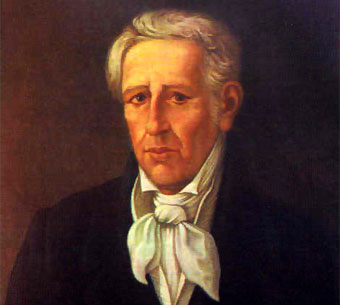SAM®Scandium was first discovered by Lars Nilson in 1879. The origin of the name scandium comes from the Latin word ‘scandia’ meaning Scandinavia. It is a bright, silvery-white metal with active chemical properties that it easily oxidizes in air and reacts strongly with water. It has many of the characteristics of the rare earth elements, particularly yttrium.
In absolute terms, however, scandium is not rare. Scandium is abundant in minerals that it is found in concentrated amounts in the minerals euxenite, gadolinite and thortveitite; however, most of them existed as the form of scandium oxide (Sc2O3); thus due to the difficulties in the preparation of metallic scandium, global trade of the pure metal Scandium is very limited.
Scandium is usually alloyed with aluminum. Aluminum scandium alloys are used in the aerospace industry and other applications such as bicycle frames, fishing rods, golf iron shafts and baseball bats, etc. When used as an alloying element, adding a small amount of scandium to the aluminum alloy can promote grain refinement and increase the recrystallization temperature from 250 ° C to 280 ° C. Scandium is a strong grain refiner and an effective recrystallization inhibitor for aluminum alloys. It has a significant effect on the structure and properties of the alloy, and greatly improves the strength, hardness and corrosion resistance of the alloy.

In addition to scandium alloys, garnets containing scandium are used as gain media in lasers, including those used in dental surgery, and scandium-stabilized zirconia has been recognized as a high-efficiency electrolyte in solid oxide fuel cells. Finally, scandium oxide is used in metal-halide lamps that are used to produce high-intensity white light that resembles sunlight.
Basic specification of scandium
| Symbol: | Sc |
| Atomic Number: | 21 |
| Atomic Weight: | 44.95591 |
| Color: | silvery white |
| Other Names: | Skandium, Skandij, Scandio |
| Melting Point: | 1541 °C, 2806 °F, 1814 K |
| Boiling Point: | 2836 °C, 5136 °F, 3109 K |
| Density: | 2.985 g·cm3 |
| Thermal Conductivity: | 15.8 W·m-1·K-1 |
Please visit https://www.sputtertargets.net/ for more information about Scandium and other rare earth elements.




 Discovery
Discovery

 Discovery of vanadium
Discovery of vanadium






